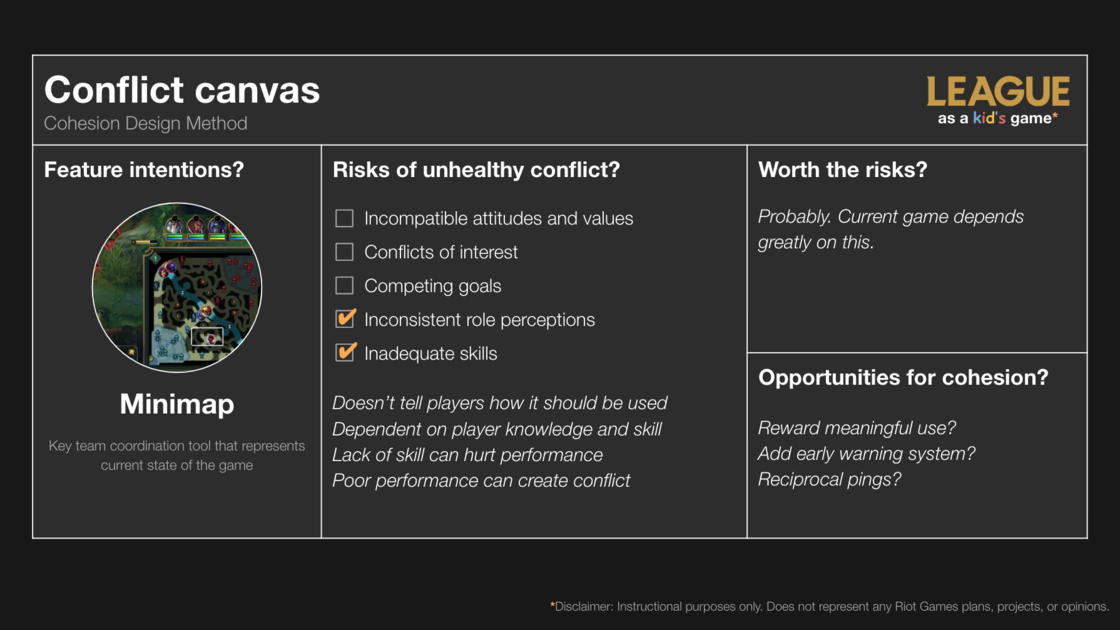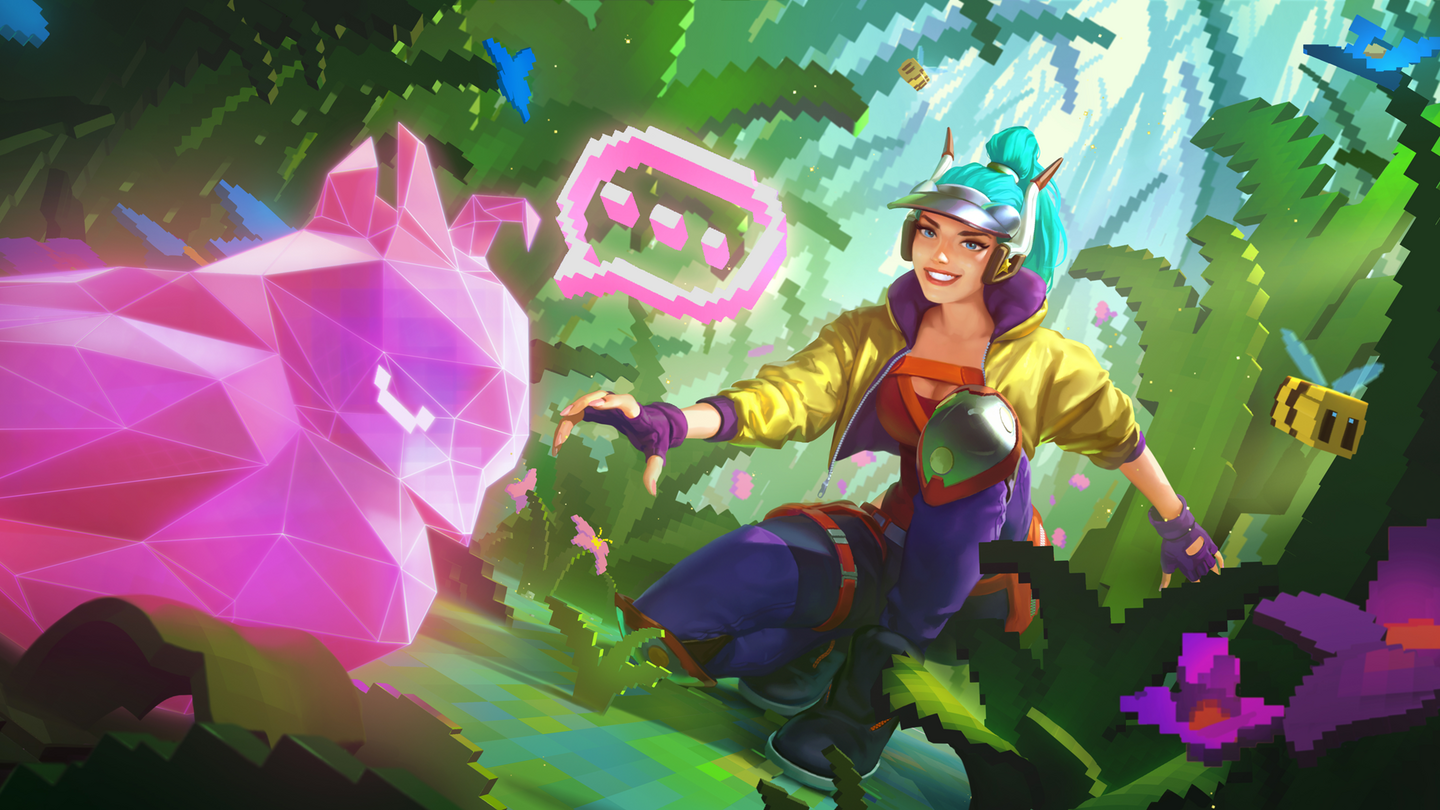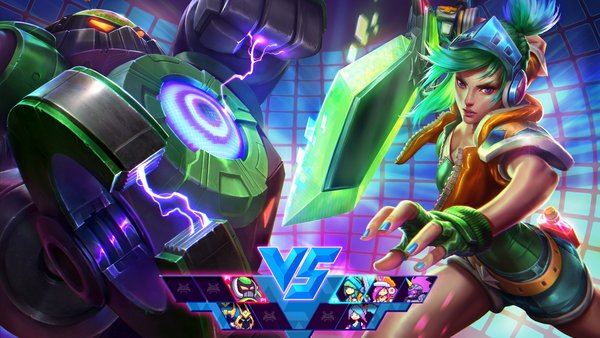We’re back with our second look at Player Dynamics, part of an ongoing plan to provide more transparency about how Player Dynamics impacts games. The first post discussed the state of Player Dynamics design. Now we want to dive into how we help everyone at Riot think like a Player Dynamics designer, introduce the language that drives Player Dynamics discussions, and discuss why Player Dynamics is important to create better communities, social structures, and games.
Being multi-minded
We’ve learned that learning this simple phrase is an easy way for anyone to quickly adopt Player Dynamics-thinking, no matter their role: be multi-minded.
Meant to be used by non-designers, the term “multi-minded” is conceptually similar to design-thinking and human-centered design. However these approaches focus on creating products that are user friendly, while Player Dynamics – the multi-minded approach – focuses on creating products that are social-friendly.
Having a multi-mindset is a practice, a way of operating in work and in life that recognizes that:
Behavior doesn’t happen in isolation
Behavior is a function of a person in an environment, often influenced by people
Everyone comes with different biases (personal, cultural, etc.) which shape how we view and engage with the world
Inclusive approaches make better products and healthier social environments for more audiences
When you’re multi-minded, you’re thinking like a Player Dynamics designer.
In product development, being multi-minded is about negotiating and sometimes orchestrating the interplay between people and space to create healthy interactions.
To put it another way, being multi-minded is like hosting a house party (an analogy I wish I’d come up with first) where you’ve created the right atmosphere for everyone to feel safe and welcome to enjoy themselves. Being single-minded is like thinking everyone wants to party exactly like you do. Now imagine the party is attended by millions of people from every corner of the world who all come in with their own idea of what the perfect party looks like.
This thinking is core to Player Dynamics, but needn’t be exclusive to designers. Companies who practice being multi-minded increase their chances of creating products that will resonate with global audiences and build a more diverse and inclusive environment into their product development.
Multi-minded product development
Being multi-minded in product development can be accomplished fairly easily with a diversity-first design approach:

The commitment with this approach is to equip yourself and your team with the people and things that can ensure enough of the right perspectives are considered in order to create the best experience possible for the largest possible audience.
With the right systems and structures in place, no group should be an afterthought. Accessibility, identities, cultural biases, personal safety needs – all these and more can be incorporated into product-thinking upfront. The right systems can ensure we’re keeping a global mindset and not over-indexing on the region we live in (which is natural and easy to do).
So what kinds of Player Dynamics tools can you use in your diversity-first process? We don’t have time to go into a lot of detail, but here are a few at a high level:
Personas. Research-backed fictional characters that represent subsets of your audience.
Behavior subgroups. Heuristic built on distillations of common behavior patterns.
- POV statements. Helps people incorporate multiple points of view into an inclusive problem statement.

We recommend pairing the above with a few other tools that really put things into context and put all the information you’ve gathered to work:
Dynamic journeys. Experience maps of multiple people shown in parallel. These can be wireflows as well as high-fidelity slide shows.
Multi-perspective prototypes. Side-by-side lo-fi prototypes that help us design and review experiences through multiple people’s eyes at the same time. Great for developing real-time social interactions.
Conflict canvases. Handy tool for evaluating a feature’s potential for disruptive and positive behavior through the lens of common types of group conflict.

Using all these tools in combination can help us be multi-minded and put diversity first.
Conclusion
As you can see, this topic is complex and the pain is real. We get it. We work on these games and we also play them. We hear the communities’ concerns. We aren’t turning a blind eye towards the issues and are in search of truly impactful long-term solutions that create better experiences for every person who plays our games.
Our goal here is to show you the lengths we’re willing to go to make game experiences better and to foster healthier gaming communities. We recognize that these lengths sometimes lead to unsatisfying conversations that are philosophical, academic, or scientific. The truth is there’s no silver bullet or quick fix that can immediately change player behavior in a way that satisfies everyone – trust us, we’ve tried. To do things better, we’re seeking new approaches. Old patterns get the same old results.
And unfortunately, no matter how well we design, there will always be the chance that someone in your game is having a really bad day and decides to take it out on their teammates. We will continue to intervene in all our games whenever there is disruptive behavior.
The solution to this problem can’t be just playing whack-a-mole with bad actors. And the solution won’t be a single feature or system. It has to be all encompassing and span across the entire width of our company and ecosystem. It will be the combination of a multitude of changes and philosophies incorporated into the core of games. And hopefully, as these changes are implemented, your games are filled with more GLHFs than they are FFs.
This will take time.
Luckily, we’re not alone. Over 250 companies are working on this challenge. We’re committed to sharing the best practices we learn because we’re all after the same goal: a more inclusive, kinder, and enjoyable gaming experience for everyone.
Weszt “Vonburgermeister” Hart
Head of Player Dynamics
Weszt specializes in Player Dynamics design, an emerging discipline for fostering healthy behavior online and designing social-friendly games and environments. His mission is to help Riot Games get good at it by leading a company-wide collective of teams and designers to develop multi-minded thinking and trailblazing solutions.
He’s an executive steering committee member of the Fair Play Alliance, a regular conference speaker, and a former signed indie music artist whose rock music you can find under his first name on most platforms.

